First Trimester Pregnancy Yoga Poses
Discovering your pregnancy is a transformative moment in your life. It’s easy to get swept up in the excitement, but it’s crucial to prioritize your health and well-being as an expecting mother. Your body is responsible for nurturing new life. Pregnancy yoga classes are a fantastic way to stay healthy, relaxed, and connected with your changing body. Merely 7% of moms engage in prenatal or postnatal yoga.
Yoga during pregnancy offers a variety of benefits, and this article explains how specific poses can improve your physical and emotional health during your first trimester. With a wide range of applications and styles, these postures gently stretch and engage all parts of your body, providing a simple way to stay active and flexible.
Is yoga safe in the first trimester of pregnancy?
It’s a question that commonly arises in the minds of most pregnant women. First trimester yoga is generally safe when practiced mindfully. It can help alleviate common discomforts and reduce stress. However, it’s crucial to attend specialized prenatal yoga classes with certified instructors who understand the unique needs of expectant mothers.
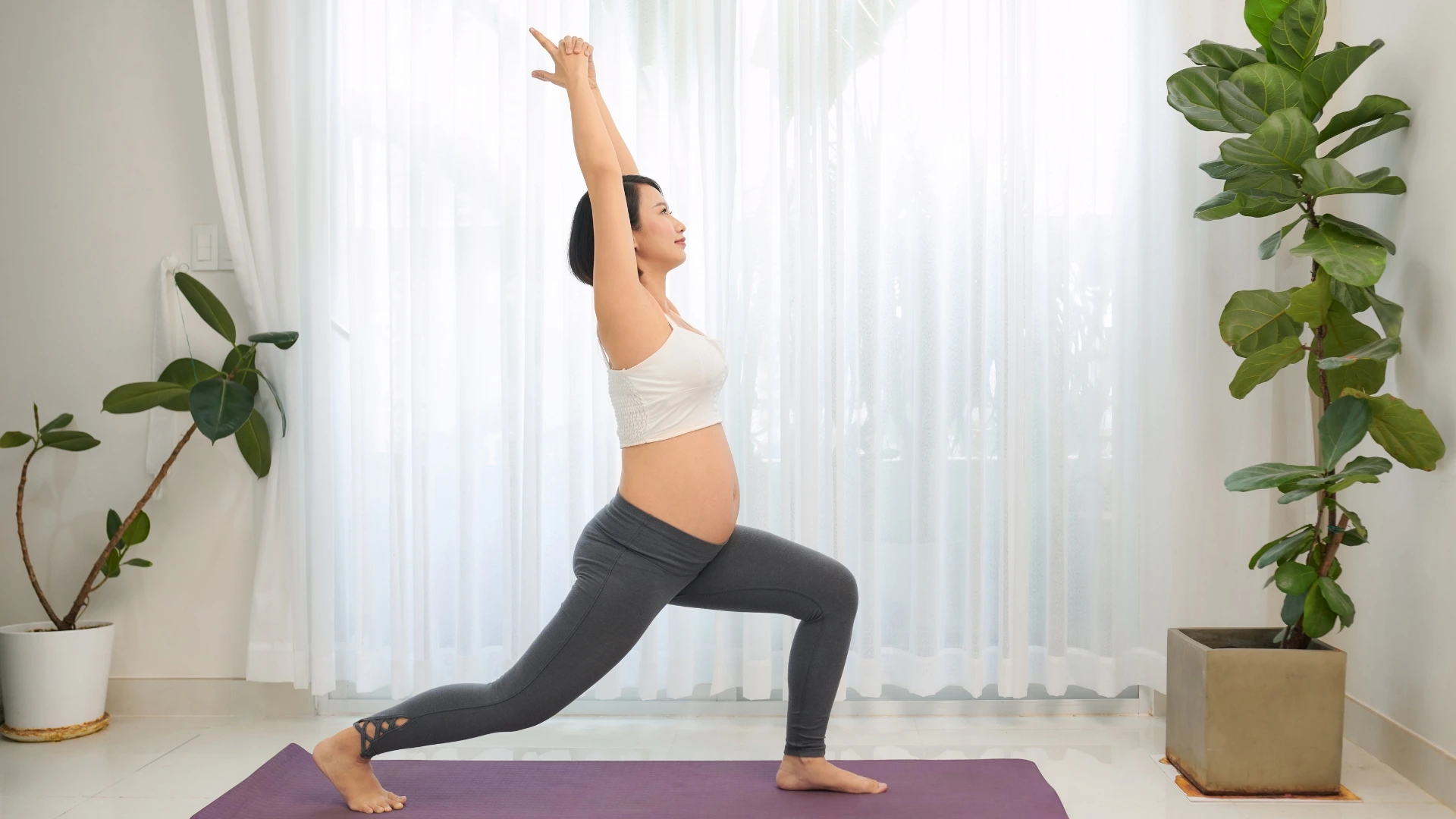
Always consult your doctor before starting any new exercise routine during pregnancy, as individual circumstances may vary. With proper guidance and adaptations, first trimester yoga can be a valuable tool for maintaining physical and emotional well-being throughout early pregnancy.
Yoga Tips for the First Trimester
Here are some simple yoga tips for the first trimester of pregnancy:
- Consult Your Doctor: Before starting any exercise program, including yoga, consult your healthcare provider to ensure it’s safe for you and your baby.
- Choose Prenatal Yoga Classes: Book online pregnancy yoga classes with instructors who are certified and understand expectant mothers’ unique needs.
- Listen to Your Body: Pay close attention to how you feel during yoga practice. Avoid any poses that cause discomfort, pain, or strain.
- Focus on Gentle Poses: Engage in gentle yoga poses that promote relaxation, balance, and flexibility. Avoid strenuous or advanced poses.
- Modify As Needed: Don’t hesitate to modify poses to accommodate your changing body. Use props or choose easier variations when necessary.
- Practice Breathing: Incorporate deep breathing exercises to reduce stress and connect with your body and baby.
- Stay Hydrated: Drink plenty of water before, during, and after your yoga sessions to stay hydrated.
- Rest When Needed: Take breaks and rest whenever you feel tired. Pregnancy can be exhausting, and your body needs extra care.
- Stay Consistent: Aim for a regular, moderate yoga routine that helps you stay active, serene, and healthy throughout your first trimester.
Yoga Poses for the first trimester of pregnancy
During the first trimester of pregnancy, it’s important to focus on gentle and safe yoga poses that promote relaxation, flexibility, and balance. Here are some yoga poses suitable for the first trimester:
Agnistambhasana (Ankle-to-Knee Pose)
Ankle-to-Knee Pose, also known as Agnistambhasana, is a restorative yoga pose that provides relief to the hips, lower back, and thighs. It’s a beneficial posture for pregnant women, individuals with tight hips, or anyone looking to unwind after a long day. Here, we’ll explore the steps to practice Agnistambhasana and its uses.
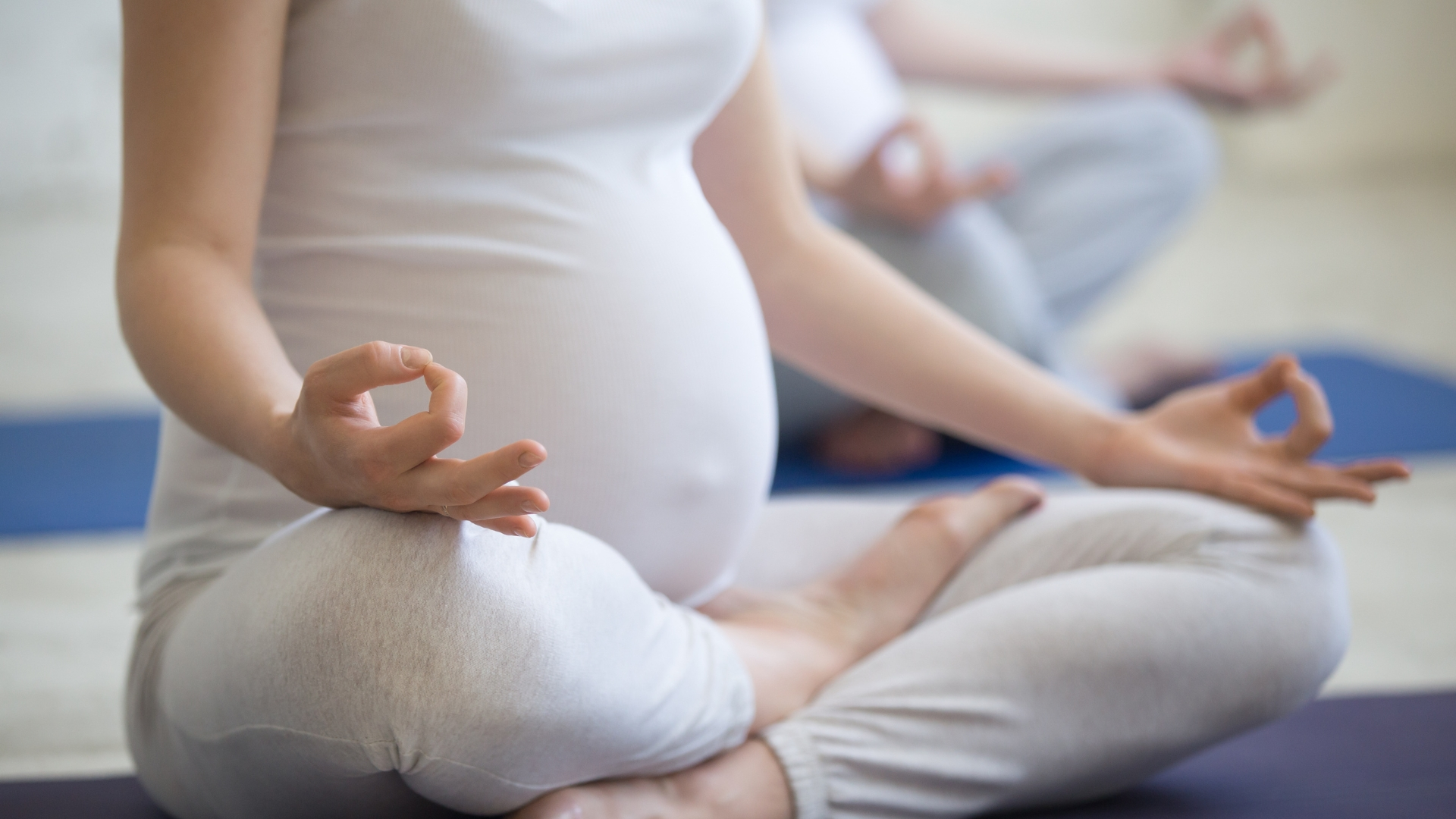
Steps to Practice Ankle-to-Knee Pose:
- Sit on a mat with legs extended.
- Bend the right knee and place the right ankle above the left knee.
- Keep feet flexed and sit up straight.
- You can gently press the right hand on the right knee for a deeper stretch.
- Breathe and hold for 30 seconds to a minute.
Benefits of Practising Ankle-to-Knee Pose:
- Eases hip tension.
- Relieves lower back discomfort.
- Reduces stress.
- Improves posture.
- Provides comfort during pregnancy.
Uttanasana (Standing Forward Bend)
Uttanasana, commonly known as Standing Forward Bend, is a fundamental yoga pose that offers numerous physical and mental benefits. This simple yet powerful posture is accessible to pregnant women in their first trimester and can be easily incorporated into their daily routine.
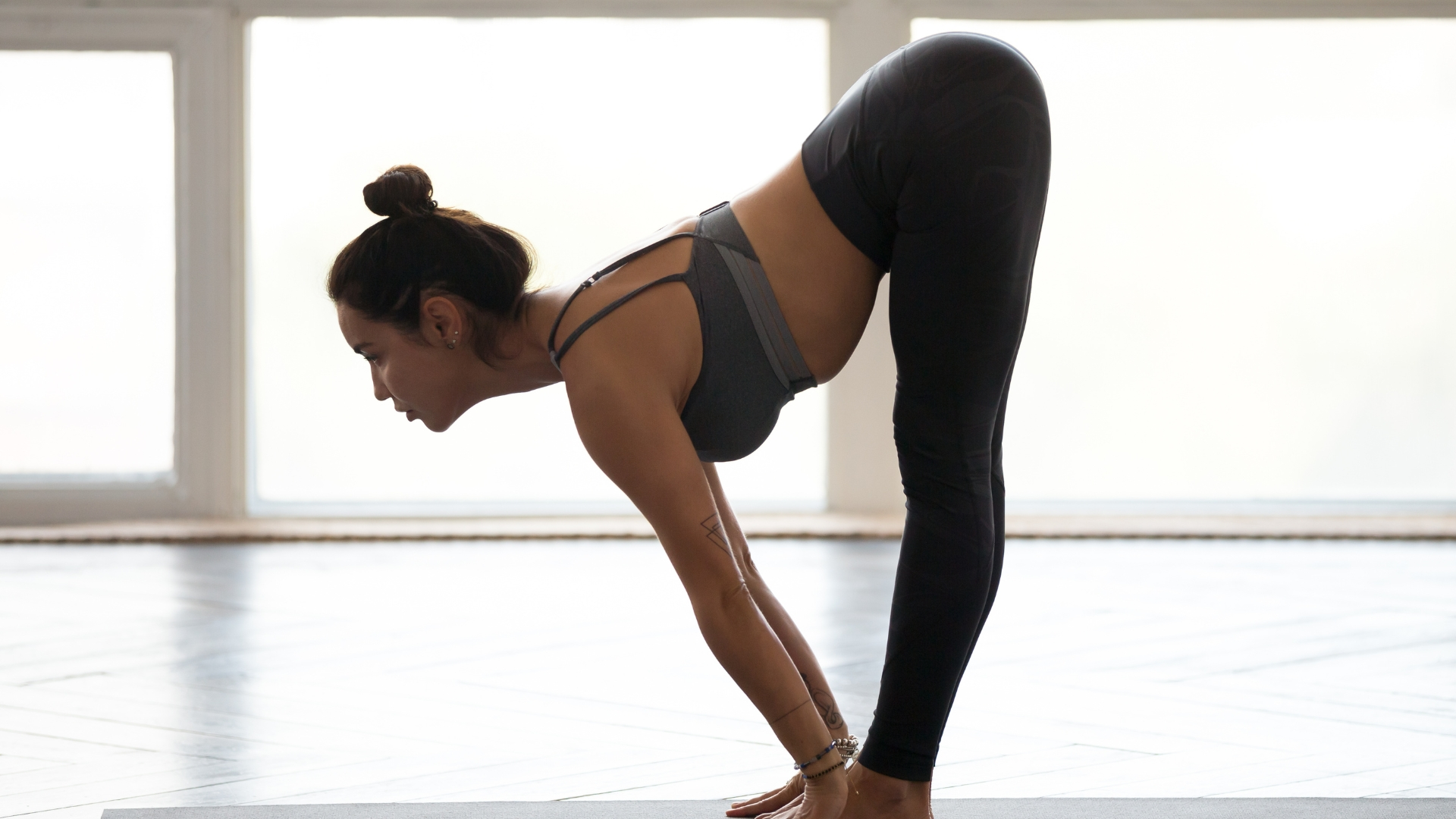
Steps to Practice Uttanasana:
- Start by standing with your feet apart, keeping your arms at your sides.
- Take a deep breath, lift your chest, and stretch your spine to create space between your backbones.
- Breathe out and bend at your hips while keeping your back straight. Lean forward from your waist.
- Let your hands hang down or reach for your toes, ankles, or the floor, depending on how flexible you are.
- Keep a slight bend in your knees to prevent strain, and use your thigh muscles to protect your hamstrings.
- Take deep breaths and stay in the pose for 30 seconds to a minute.
- To finish, inhale and return to the upright position, stacking your backbones as you stand up.
Benefits of Uttanasana:
- Stretches hamstrings and lower back.
- Reduces stress and calms the mind.
- Enhances posture and relieves back pain.
- Improves blood circulation and boosts energy levels.
Tadasana (Mountain Pose)
Tadasana, commonly referred to as Mountain Pose, stands as a foundational yoga posture with holistic benefits for the mind and body. This uncomplicated yet impactful pose is suitable for pregnant women in their first trimester, promoting stability and well-being.
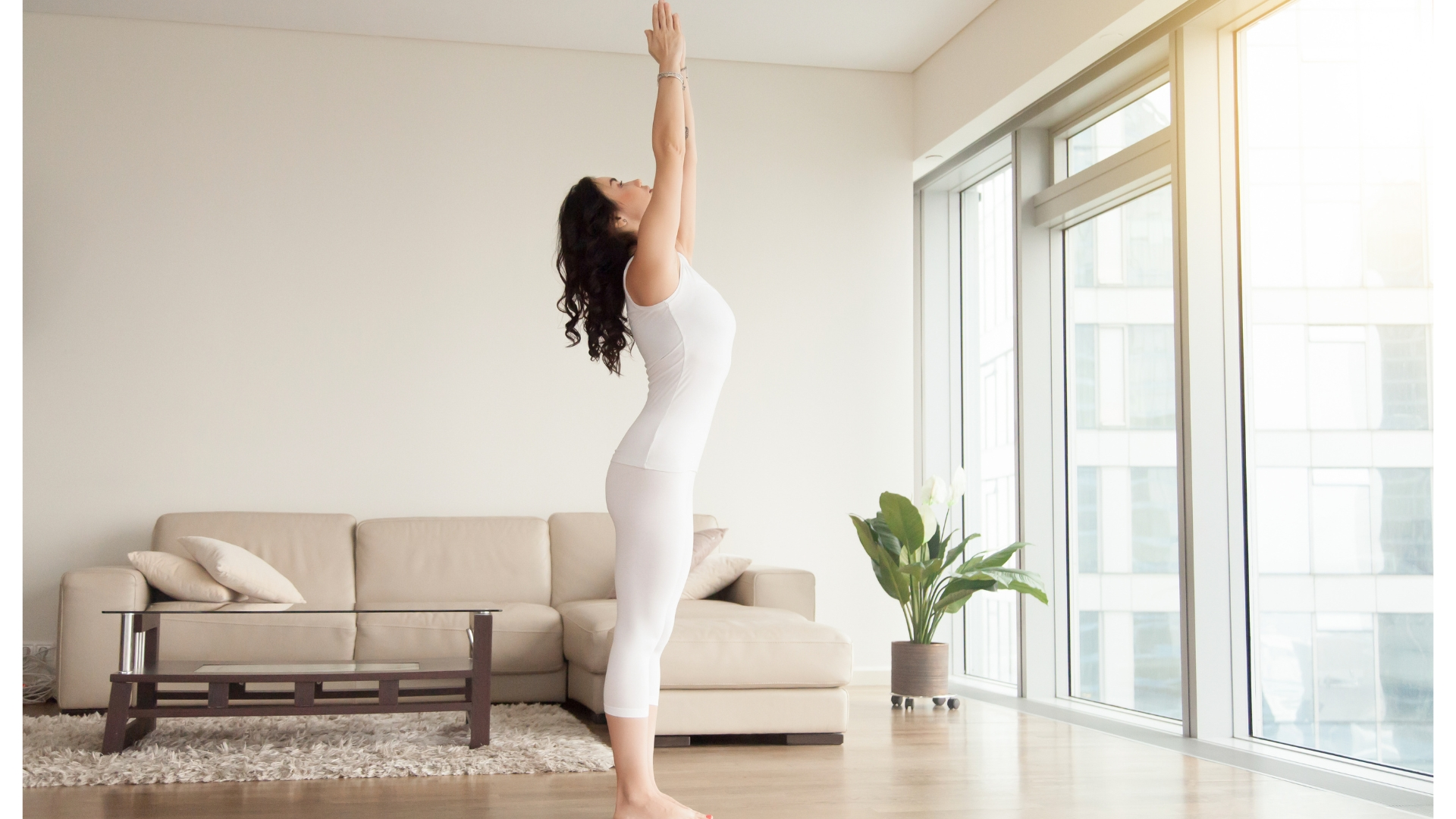
Steps to Practice Tadasana:
- Stand with feet hip-width apart.
- Inhale deeply, lifting arms overhead with palms facing each other.
- Engage thighs, lengthen the spine, and ground the body.
Benefits of Tadasana:
- Fosters improved posture and body awareness.
- Strengthens thighs and ankles.
- Enhances balance and mental focus.
- Prepares the body for physical changes in pregnancy.
- Encourages a sense of calm and stability.
Eka Pada Kapotasana (Pigeon Pose )
Pigeon Pose, or Eka Pada Kapotasana, is a beloved yoga posture that encourages balance and flexibility. This asana, often practiced in yoga classes worldwide, offers numerous physical and mental benefits.
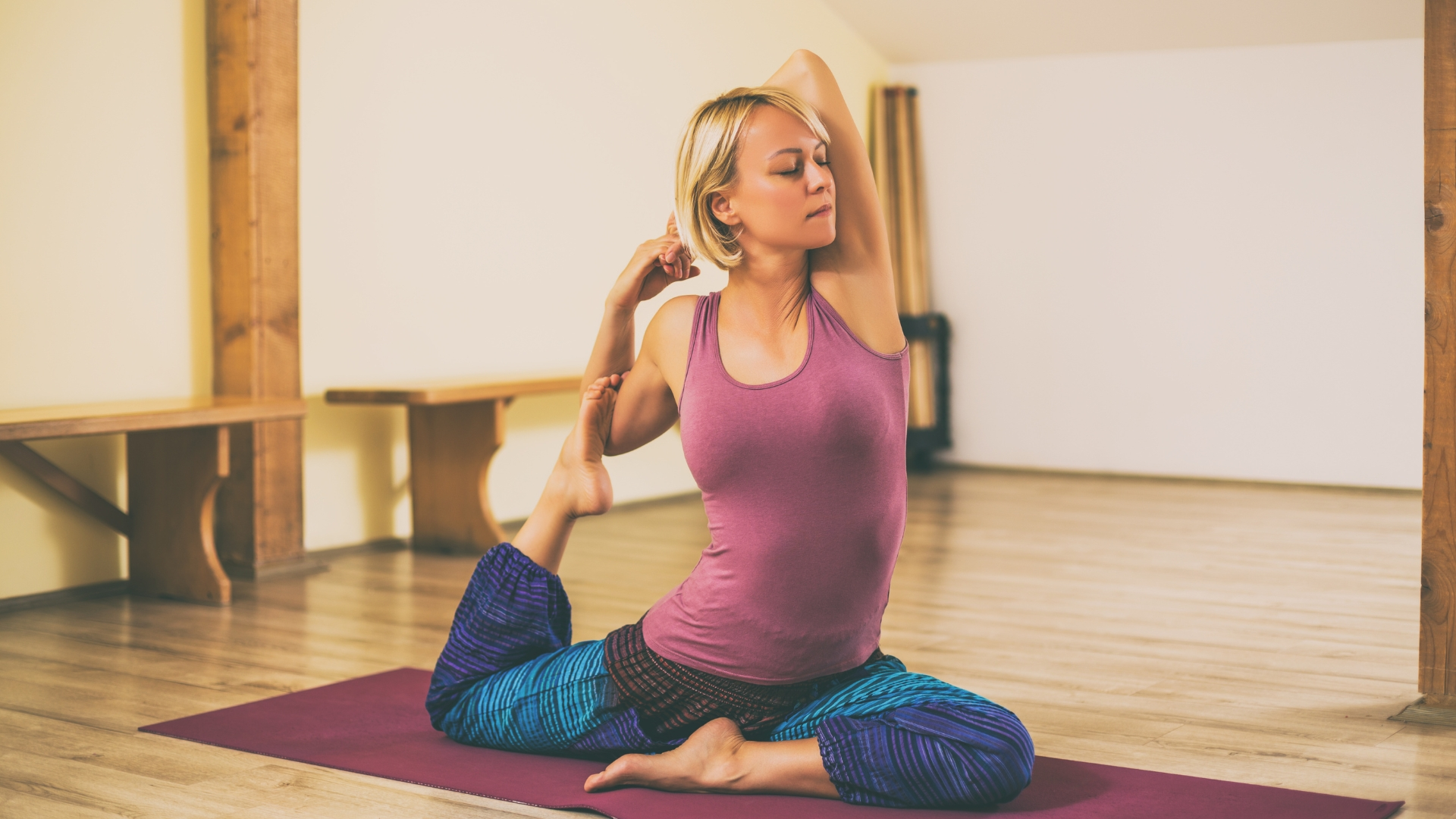
Steps:
- Begin in a tabletop position with your hands and knees on the mat.
- Slide your right knee forward behind your right wrist, and let your right ankle move towards your left wrist.
- Extend your left leg straight back behind you. Your hips should be square.
- Inhale, elongating your spine, and then exhale as you gently fold forward over your right leg.
- Rest your forearms or forehead on the mat, depending on your flexibility.
- Breathe deeply, and hold the pose for about 30 seconds to one minute.
- To release, engage your core and return to the tabletop position before switching sides.
Benefits:
- Increases hip flexibility.
- Relieves stress and anxiety.
- Enhances posture and eases back pain.
- May provide emotional release.
- Balances energy, leaving you rejuvenated.
Savasana (Corpse Pose)
Savasana, also known as Corpse Pose, is a profound yoga posture that facilitates deep relaxation and rejuvenation. Particularly beneficial during the first trimester of pregnancy, this pose allows for a gentle yet effective practice.

Steps to Practice Savasana:
- Lie on your back with legs extended and arms by your sides.
- Close your eyes, inviting a sense of stillness.
- Direct your focus to your breath, allowing natural, unhurried inhalations and exhalations.
- Release tension in every part of your body, surrendering to a state of complete relaxation.
- Remain in this peaceful state for 5 to 15 minutes.
Benefits of Savasana:
- Promotes profound relaxation and stress reduction.
- Enhances mental clarity and concentration.
- Alleviates fatigue and promotes better sleep.
- Facilitates a connection between mind and body.
- Offers a rejuvenating pause, fostering overall well-being during pregnancy.
You can also take a look at our blog about the power of pregnancy yoga to learn more about pregnancy yoga.
Yoga Poses to Avoid in the First Trimester
During the first trimester of pregnancy, it’s essential to be cautious with your yoga practice. Poses that involve deep twists, intense backbends, and strong core engagement should be avoided. Poses that could risk abdominal pressure, such as full plank or boat pose, should also be skipped. Additionally, inversions and poses that require lying flat on the back for extended period can restrict blood flow to the uterus and should be modified. Always consult a certified prenatal yoga instructor and your doctor for personalized guidance, ensuring your practice is safe and beneficial during this crucial period.
Conclusion
The first trimester of pregnancy is a time of transformation, and pregnancy yoga classes can provide numerous physical and emotional benefits to expectant mothers. These online yoga classes offer a safe and supportive environment, expert guidance, and tailored practices, making them an ideal choice for staying healthy and relaxed during this critical period of your pregnancy journey.
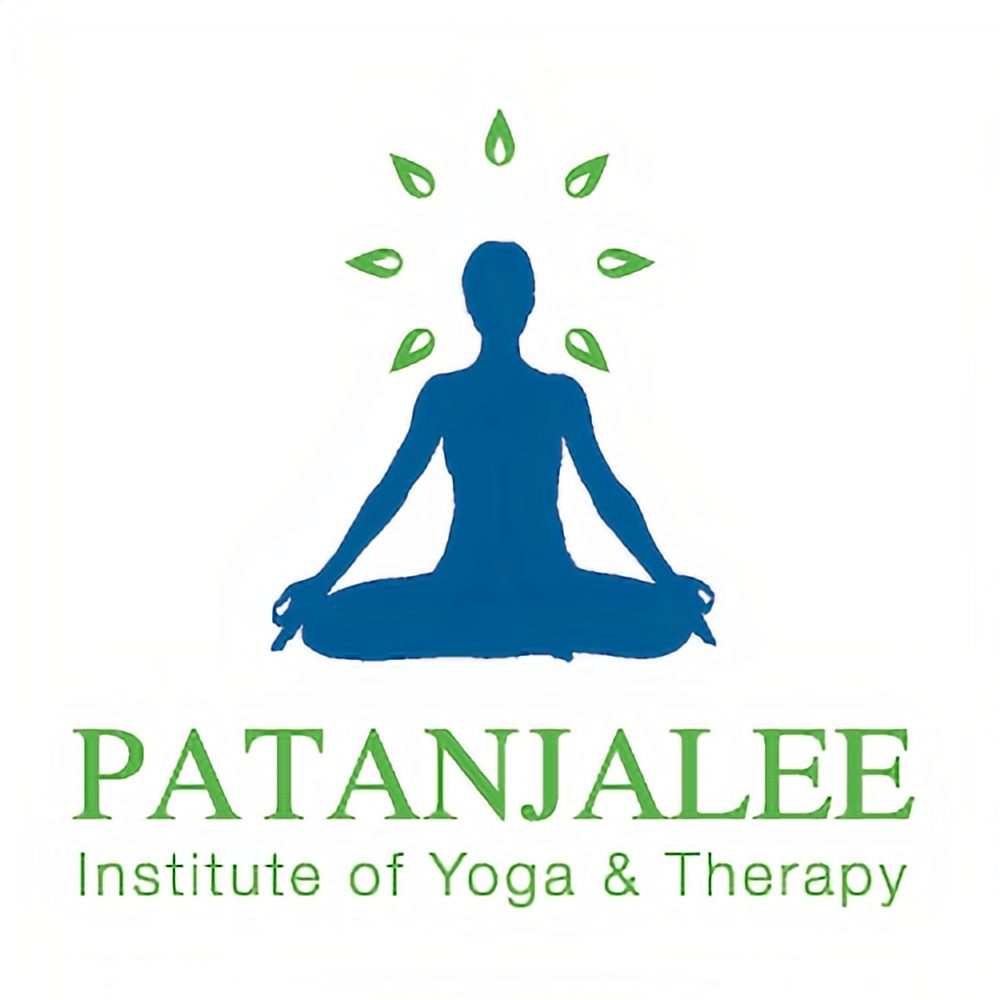


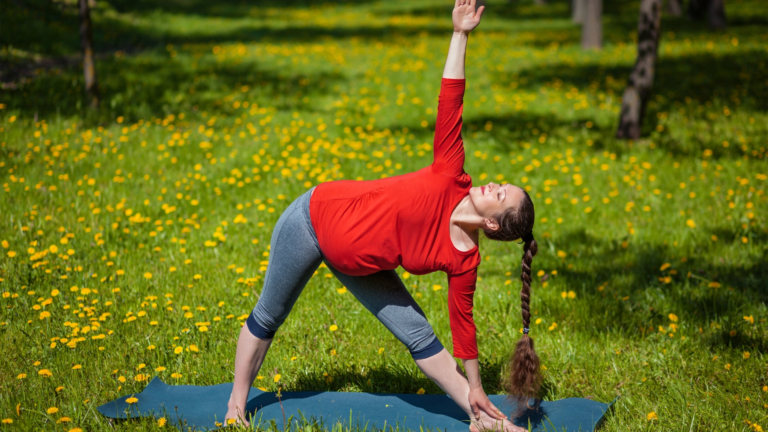
 WhatsApp us
WhatsApp us